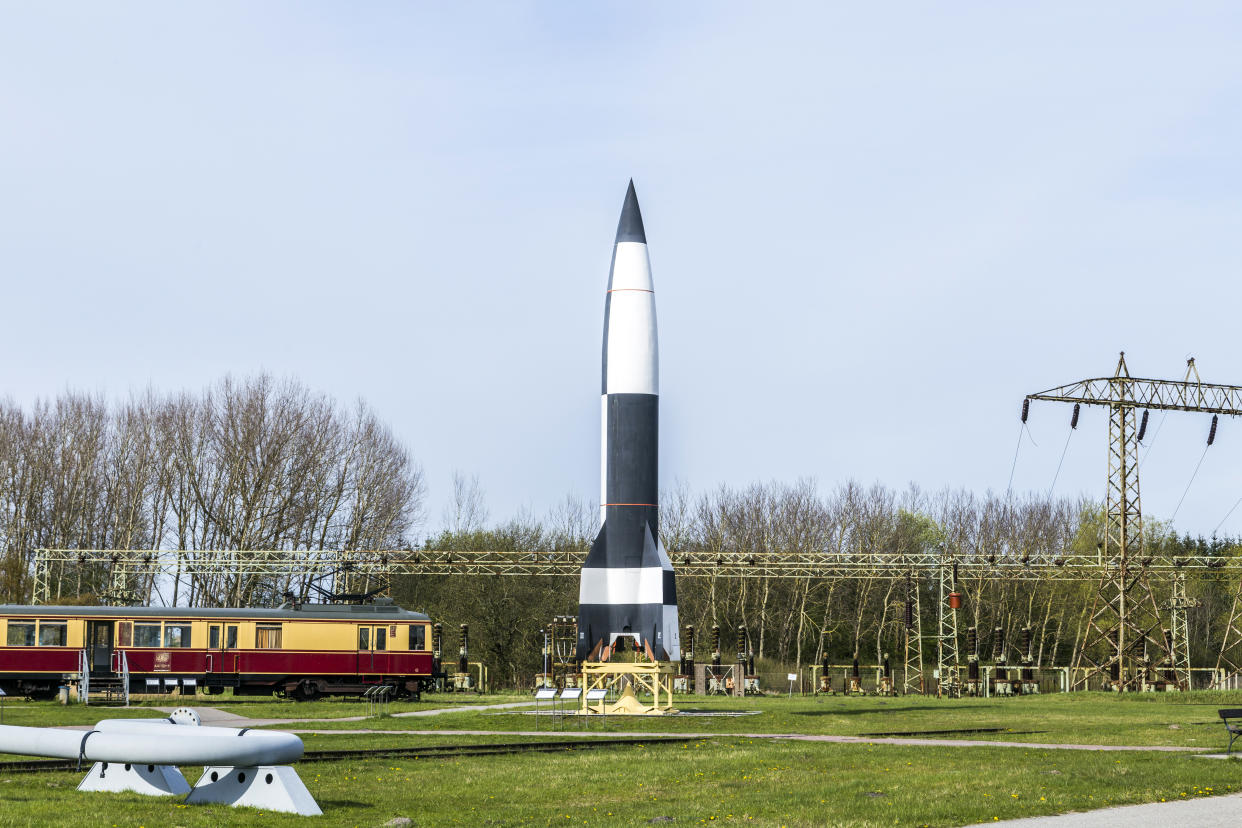WW2 double cross to divert bombs from London 'made no difference', study shows

The V-2 was one of the most feared weapons of World War 2 - the first-ever long-range guided missile, which blasted London in the closing days of World War 2.
But a clever deception campaign by British spies to trick the Nazis into missing their targets actually did far less than people believed.
During the war, MI5 used its ‘Double Cross’ agents - German agents in Britain who had been ‘turned’ - to broadcast disinformation on where the rockets were going.
The spies hoped to convince the Nazis that their rockets were overshooting, thus convincing them to aim the rockets wrongly and miss.
But new research has shown that the rockets were so inaccurate - only striking within 18 miles of their target - that the ruse may not have had much effect.
Read more
Husband who allegedly murdered wife in honour killing could be coming to UK
Police puzzled after around 100 ducklings found gathered at roadside
Met Police left with £8,000 veterinary bill after police dog savages cat
Steve Le Comber of Queen Mary, University of London, mapped V2 strikes using ‘geographic profiling’.
He found that the efforts of MI5 barely affected the targeting of the rockets at all.
Dr Le Comber told the Telegraph, ‘It was one of the most elegant and simple plans ever devised by the security services
'The V-2 rockets were far too fast to be shot down, so MI5 needed a new way of stopping them hitting important and built up areas.'
'When we ran the model the cluster barely moves at all over the four-week period.'
The V-2 rocket (and German scientists who had worked on it) helped to launch the space programme in the years after the war.
On October 24, 1946, soldiers and scientists saw the first images of our planet seen from space, taken by a camera mounted on a V-2 rocket.
The shots were snapped by a 35mm camera mounted on a German-designed V-2 rocket fired from the White Sands Missile Range.

 Yahoo News
Yahoo News 

